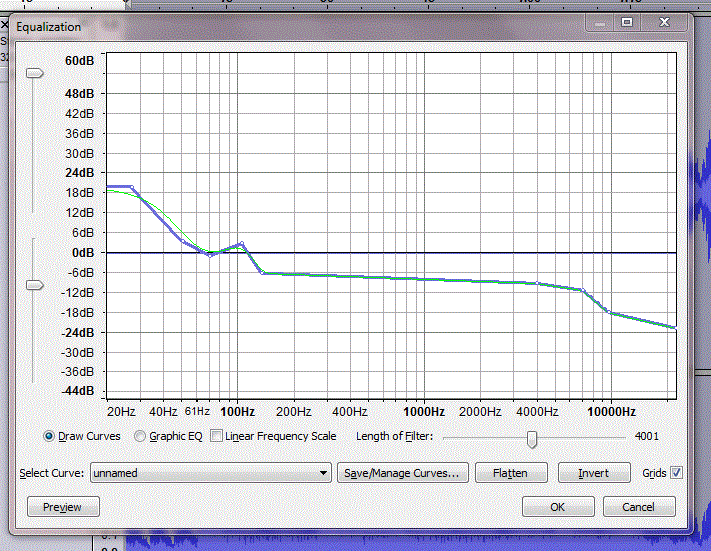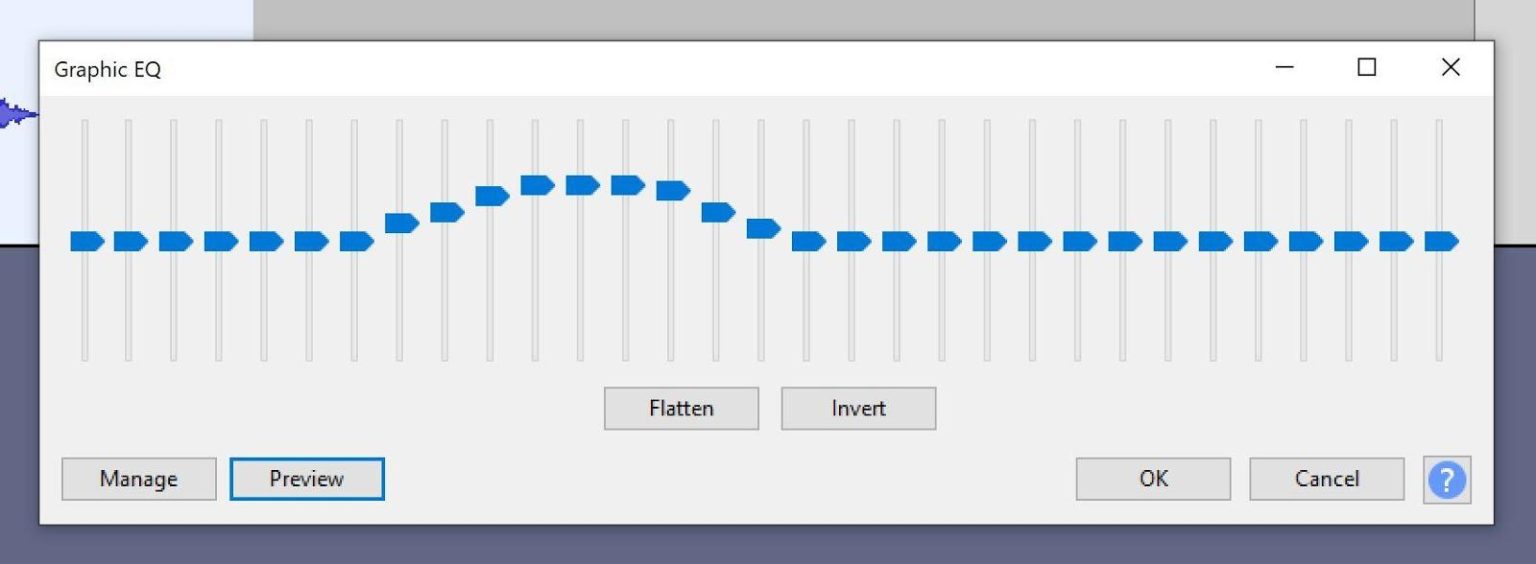
You must take care of that to some level, whether using acoustic treatment or a DIY vocal booth.

The better the microphone, preamplifier, and converters you have in your audio interface, the clearer result you’l get out of your equalization.Īnd equally important are the acoustics of your room. I’d like to point out, before we jump in, that your results are limited by the quality of your recording. And every bit of it is useful when you step further out into tasks like compression, limiting, adding reverb and delay, etc. This step-by-step guide will not only tell you what to do, but how to do it. Don’t worry, I’m going to break it all down and make it extremely simple. There’s a learning curve with each plugin, and that’s not even talking about how they affect each other and beginning to understand the general order of operations.

It’s honestly easiest to start with EQing vocals because it’s easiest to hear and understand the changes being made. Even if you’re familiar with recording and using DAW software, stepping into mixing can be daunting if not downright confusing.


 0 kommentar(er)
0 kommentar(er)
